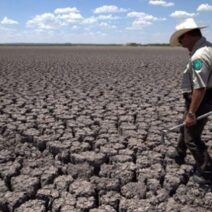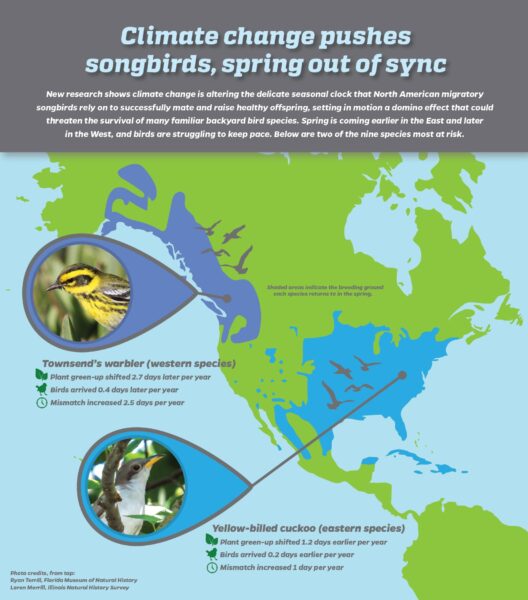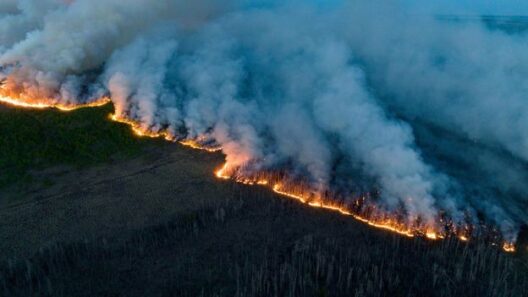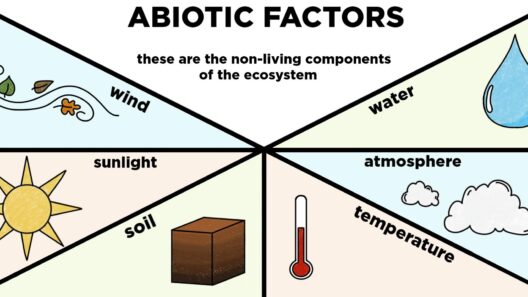In the intricate ecosystem of our world, corporations emerge as both architects and inhabitants, wielding the power to shape the environment. As the specter of climate change looms ever larger, it becomes imperative for these entities to not only acknowledge their role but also to actively contribute to solutions. By embracing principles of sustainability, innovation, and responsibility, companies can transform from mere participants in the economy to guardians of the Earth.
First and foremost, companies can adopt robust sustainability practices that permeate their operations. Much like a tree that takes in carbon dioxide and releases oxygen, businesses have the potential to absorb detrimental practices and produce positive outcomes. Transitioning to renewable energy sources such as solar, wind, or hydropower can substantially decrease a company’s carbon footprint. By investing in energy-efficient technologies and infrastructure, they not only diminish greenhouse gas emissions but also often reduce operational costs over time—an appealing prospect for any business.
Moreover, corporations can magnify their impact through responsible sourcing of materials. The call for ethically sourced components echoes in the corridors of sustainable business practices. Just as a river should flow clear and untainted, so too should the supply chains businesses rely on. Companies can foster relationships with suppliers who prioritize eco-friendly practices, ensuring that every phase of production sustains rather than depletes natural resources. This includes a commitment to reducing plastic use and promoting biodegradable alternatives. Such efforts not only benefit the environment but also resonate with consumers, who increasingly gravitate towards brands that reflect their own values.
Another dimension of corporate responsibility lies in the reduction of waste. Much like an artist who meticulously crafts a masterpiece from discarded materials, businesses can view waste as a resource. Implementing circular economy principles invites companies to rethink their processes, minimizing waste production and reusing materials instead. Strategies such as recycling, composting, and refurbishing can transform what would be refuse into raw materials for new products. This paradigm shift not just curtails environmental impact but also creates new business opportunities in the recycling and waste management sectors.
Corporate responsibility extends beyond merely operational changes; it involves influencing consumer behavior as well. Engaging customers in sustainability initiatives can create a symbiotic relationship where both parties benefit. Businesses can employ marketing strategies that highlight their commitment to the environment, encouraging consumers to embrace eco-friendly practices. Educational campaigns that elucidate the importance of sustainable choices, such as reduced consumption or support for local economies, can be pivotal. When consumers feel like active participants in the effort, it ignites a collective momentum for change, akin to a roaring wildfire ignited by a single spark.
Moreover, companies can leverage innovation as a powerful weapon against climate change. Investment in research and development must take center stage, driving the discovery of new technologies that can mitigate environmental damage. For example, advancements in carbon capture technology offer promising avenues to remove excess CO2 from the atmosphere. Similarly, the development of energy storage solutions is crucial for supporting renewable energy systems, enabling them to provide a reliable power supply even when natural conditions fluctuate. By fervently pursuing innovation, corporations position themselves as pioneers in the fight against climate change.
Partnerships also represent a critical strategy for enhancing corporate impact. The age of singularity is over; collaboration can yield powerful results. Corporations can partner with non-profits, governmental organizations, and academic institutions to pool resources, knowledge, and expertise. Such alliances can yield far-reaching initiatives, whether it’s launching community-based programs for reforestation or investing in local clean energy projects. Like the roots of trees intertwining in a forest, these partnerships can create a resilient network of support, amplifying the effectiveness of climate actions.
Finally, accountability and transparency serve as vital pillars supporting corporate initiatives against climate change. In an age where consumers demand authenticity and integrity, businesses must establish rigorous tracking of their emissions and sustainability efforts. Reporting on environmental impact fosters trust and encourages companies to uphold their commitments. This transparency cultivates a culture of responsibility, wherein businesses are held to account not just by regulatory bodies, but also by the public. When consumers see quantifiable results, their faith in the integrity of the brand flourishes.
In conclusion, the role of corporations in combating climate change is both profound and multifaceted. They possess the unique ability to enact sweeping changes through sustainability practices, innovative technologies, and robust partnerships. By prioritizing the health of the planet alongside profit motives, companies can cultivate a thriving ecosystem—not just for their business but for future generations. Just as a phoenix rises from the ashes, so too can our economy transform, ushering in an era where corporate success does not come at the expense of the Earth’s wellbeing. In these times of existential uncertainty, we hold our breath, hoping to witness that transformation. The path is clear, yet it requires unwavering commitment and collaborative effort to traverse effectively.







